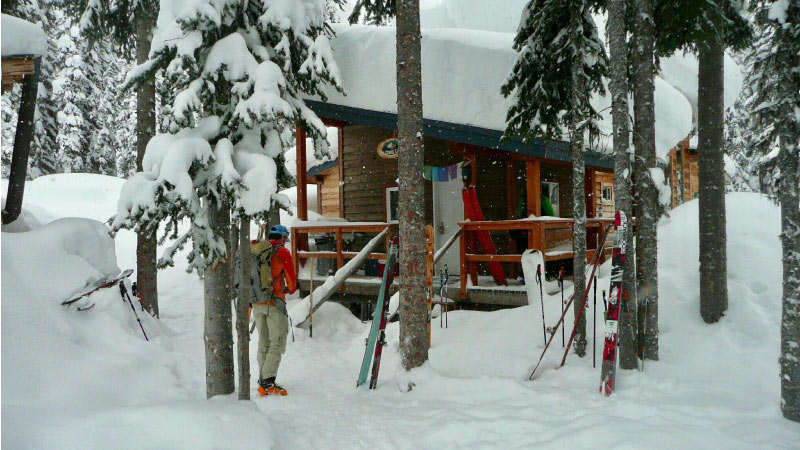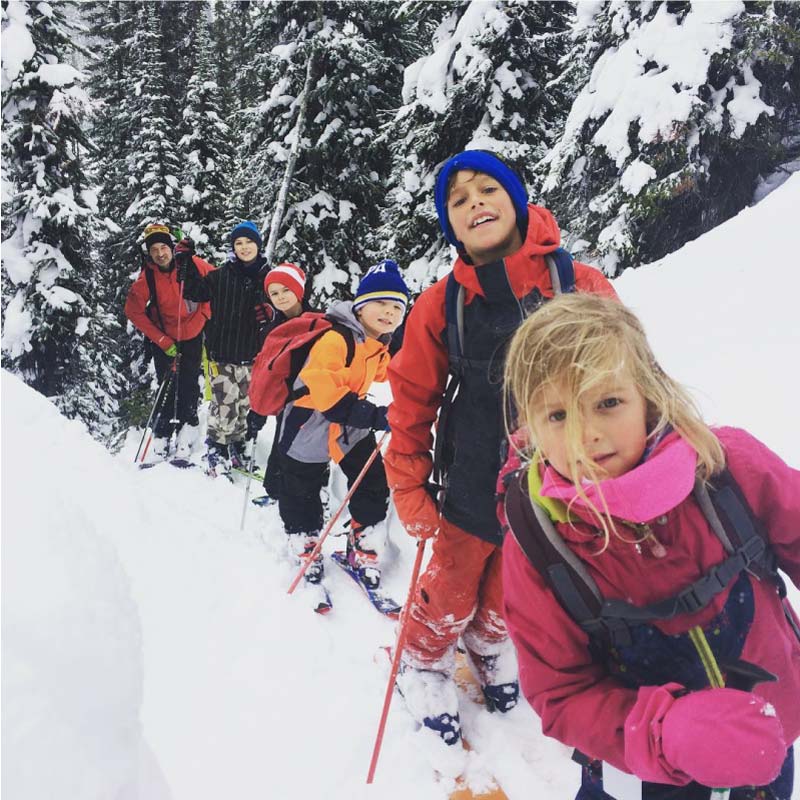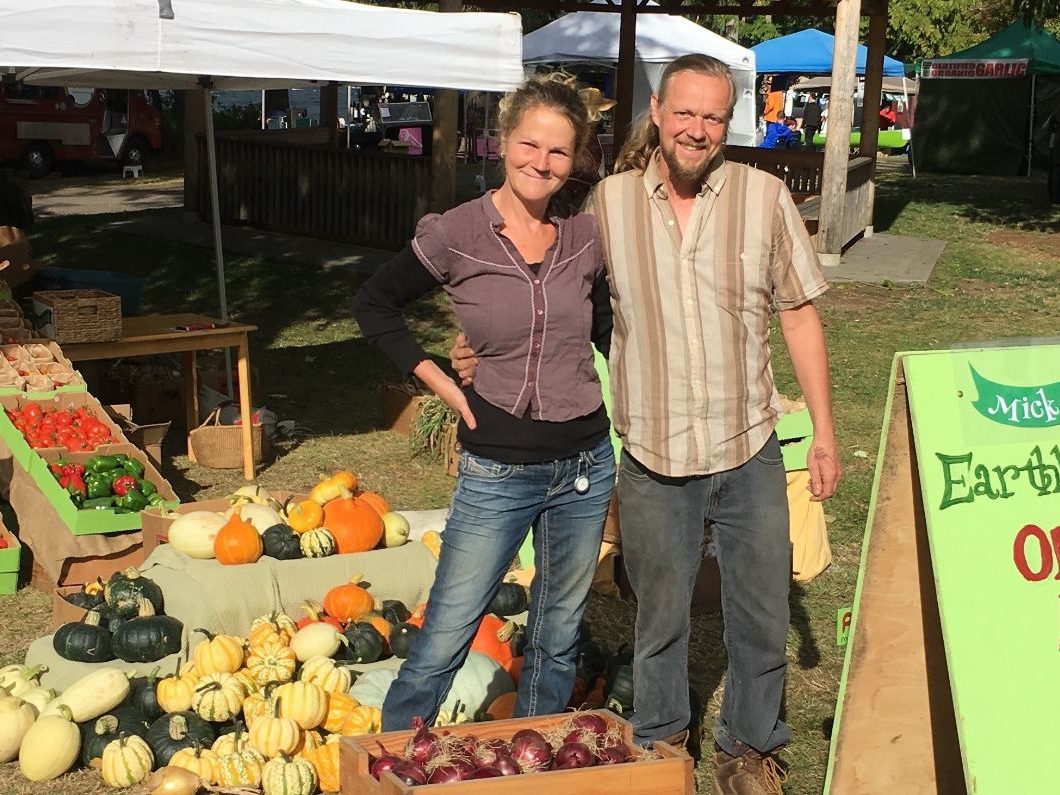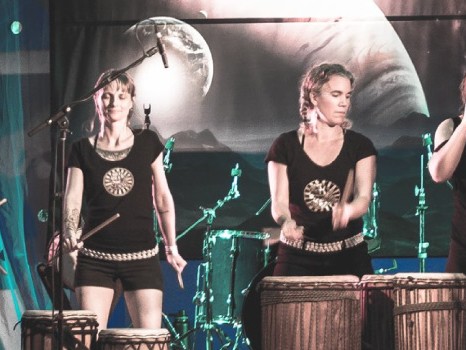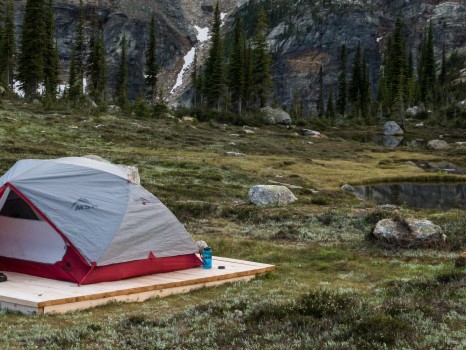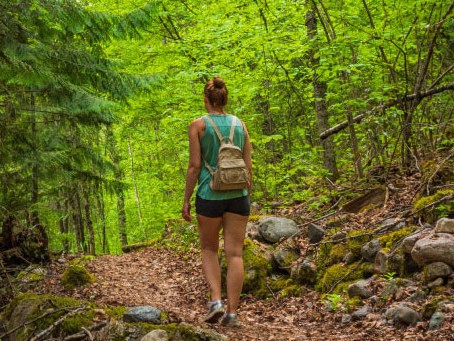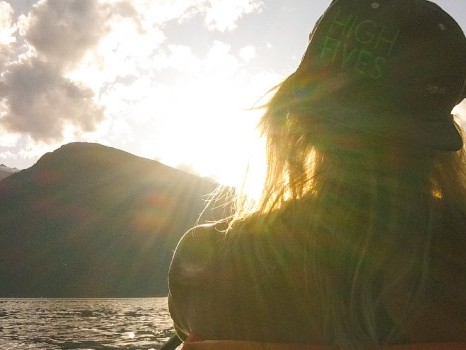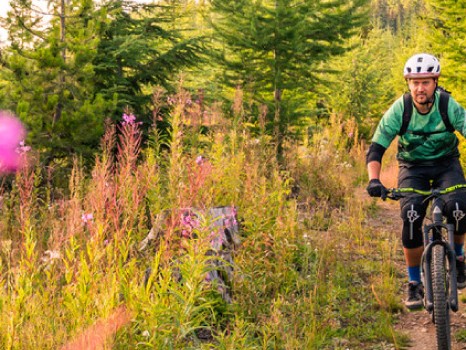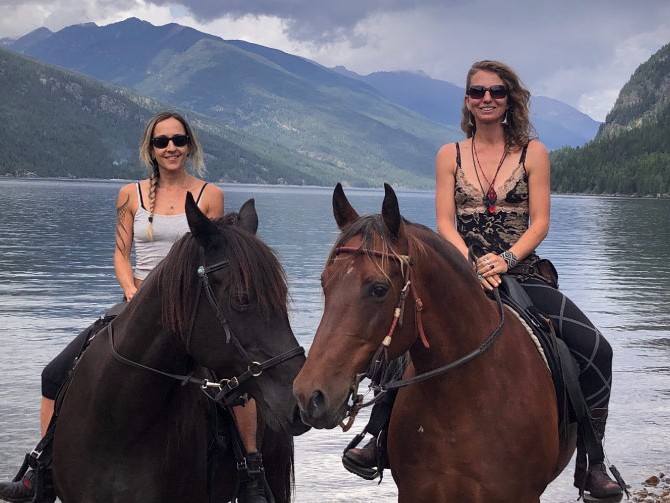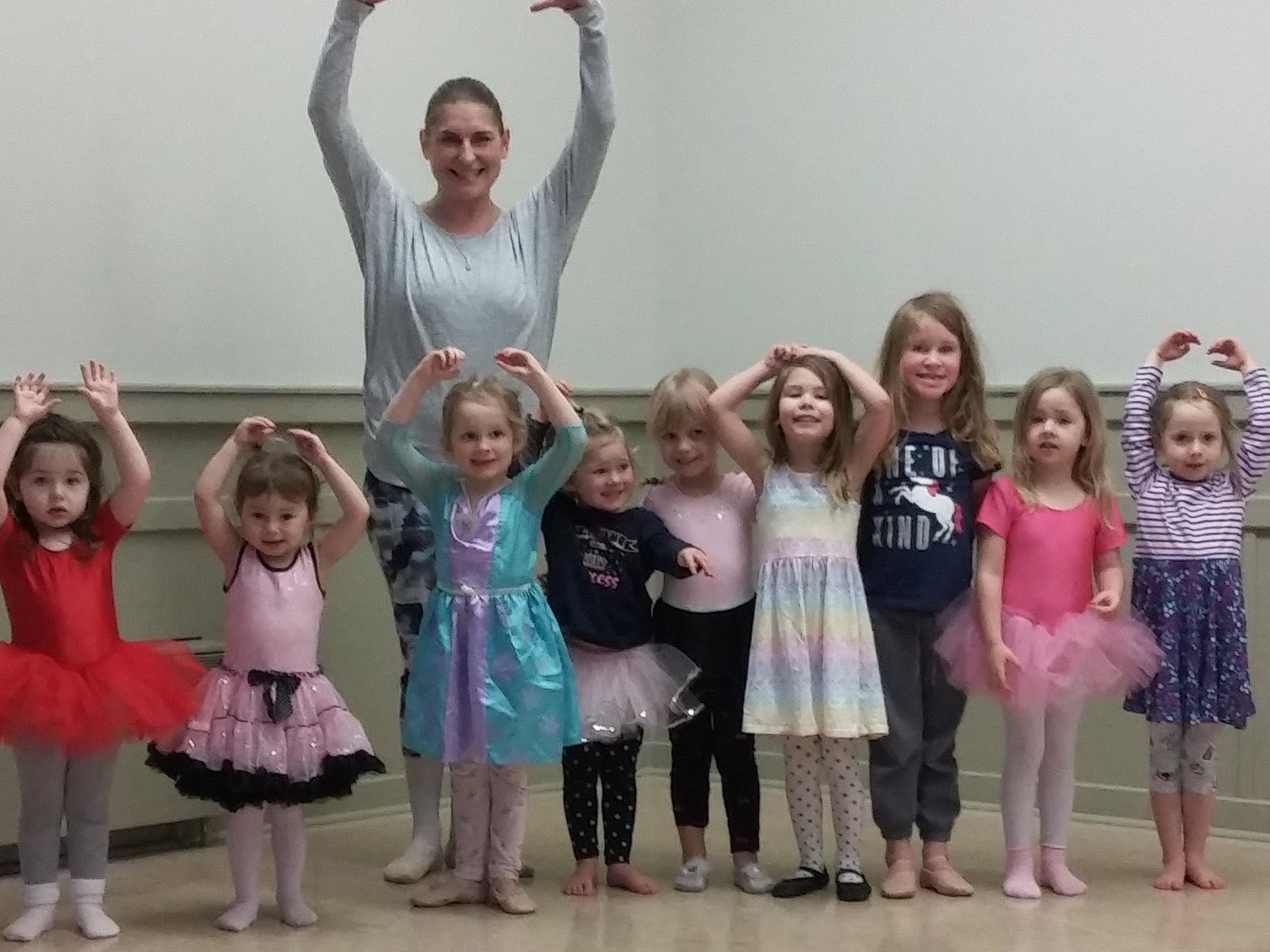Winter Activities
Deep Pow & Endless Fun
The Kootenays are known worldwide for deep powder snow…and the Slocan Valley is no exception. The Slocan Valley is on the Powder Highway, with many local options for backcountry skiing, catskiing, cross-country skiing and more.
Winter temperatures in the Valley stay at a pleasant -5C to 5C (12F to 41F), but can range from +5C to -25C (41 to -13F).
The best months to catch big snow are December, January and February…averaging about 130cm or 51 inches per month.
From December through early March, snow cover is about 40cm ( about a foot and a half) or more at lower Valley levels.
There are a few cat-skiing and heli-skiing operations in the Slocan Valley (check out the Outdoor Adventure section of the Valley Directory) who can offer you a thrilling adventure in the backcountry. But if you prefer to head out on a more relaxed adventure, cross-country skiing is popular along the Slocan Valley Rail Trail, our 50km volunteer-groomed classic and skate ski trail, which doubles as a walking, biking and equestrian trail in the summer. Alternatively, you can break your own trail out your back door.
Skiing is not the only thing that’s popular here in the winter – snowshoeing, ice fishing at Summit Lake and polar bear dips in the Slocan River are a ton of fun as well.
The Powder Highway website contains snow reports travel information and current highway conditions. For more on backcountry skiing visit Backcountry Skiing Canada.
There are two ski hills near the Slocan Valley. Whitewater Ski Resort is about 25 minutes from Crescent Valley and Red Mountain Resort is located in Rossland, about an hour from Crescent Valley.
If you have a favourite snow story, route or image you want to share, or if you have an update on a trail condition, please contact us at info@slocanvalley.com.
Caution:
As fun as the snow can be, avalanches are a real and formidable threat here. If you are going out in the backcountry in the winter, be informed, well equipped and know the current snow conditions.
The Canadian Avalanche Association’s avalanche bulletin is your best resource for up to date conditions.
Many local outfitters offer backcountry winter awareness courses, can outfit you for your time in the snow, and give you the skinny on where to go. If you don’t know the area, and you’re going into avalanche country (which is pretty much any country off the established roadways), consider employing a local professional who will make your trip more enjoyable.
Check out “Outdoor Adventure” in our Valley Directory for more info.


